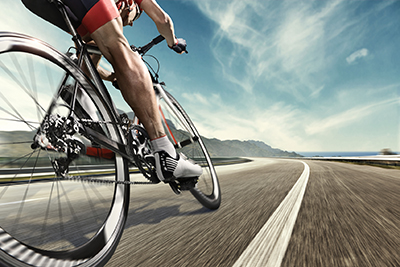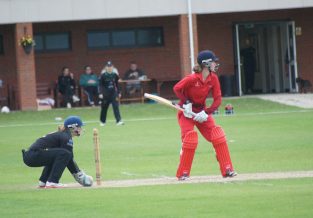How to improve your cycling efficiency through a strengthening program!
Published on
15 Nov 2019

Call us on: (03) 9975 4133
Getting the most out of yourself and your bike, either as a cyclist or triathlete, is what drives us during every training session we do. To chase your next personal best or being able to complete a long cycling event, the more efficient you are on your bike, the more likely you are to achieve your goals
So how do we become efficient? One way is the bike setup, specifically adjusting the saddle and handlebar positions and making the bike lighter. Though the best fitted bike may not be efficient for you if you don’t have the strength to fully utilise its potential.
Multiple studies have looked at muscle activation and cycling, specifically when muscles are active during the pedal stroke. Some key observations is the role the hamstrings (and to an extent the gluteus maximus) play during the push phase of the pedal stroke and how minimal muscle activation is needed during the pull phase. With this knowledge, we are better equipped with how to structure a strengthening program to improve your cycling efficiency.
The first key point regarding muscle activation and our pedal stroke is the role of the hamstrings and gluteus maximus muscles. The role of the hamstrings is to both flex the knee while also extending the hip. It is the latter that is most important for cycling, especially as the hamstrings are key players to extend the hip when the trunk is in a fixed position. To be specific with strengthening the hamstrings for cycling, hip dominant exercises are a priority. Hip dominant exercise will also help to recruit the bigger gluteus maximus muscle. Hip dominant exercises idea for cyclists include: squats, lunges (with trunk flexed position) and deadlifts.
The second key point regarding muscle activation and our pedal stroke is the lack of muscle activity during the pull phase of the pedal stroke. This means nearly 100% of your cycling power is generated during the push phase. The leg is considered to go through a recovery period during the pull phase. To be specific to the push phase of cycling, single leg strengthening exercises are important. Such exercises include: single leg squats and deadlifts, step ups and assisted lunges like the Bulgarian split squat. This will also provide great opportunity to check if you have a strength discrepancy between each leg. Any strength discrepancy in your legs is a risk factor for a cycling injury.
If you are a cyclist and currently don’t have a strengthening regime to improve your efficiency, then call Pure Physio to book your appointment with Steve today. He will provide a safe, structured and progressive program to help improve your cycling efficiency!


